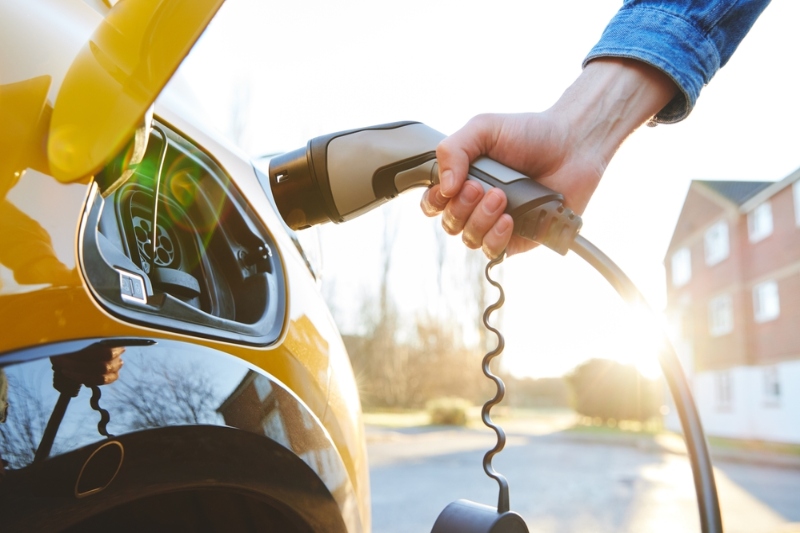The number of publicly available electric vehicle (EV) charge points in England’s county and rural areas lags ‘far behind’ major towns and cities, according to a report.


One charge point is available every 10 miles in county locations, compared to one every three quarters of a mile in London, analysis by the County Councils Network (CCN) found.
As of March this year, 2% of vehicles registered in county areas were plug-in electric vehicles – the lowest proportion in England, the cross-party group said.
However, the number has increased ‘significantly’ in recent years: from 70,337 electric vehicles in 2019 to 385,761 as of March 2023.
Charge point installation in county areas has not kept pace with this rise, with the Government focussing resources and policy on urban areas, enabling them to ‘dramatically ramp up’ EV charging infrastructure, according to the CCN.
It has called on the next government to distribute future funding based on need, rather than through competitive bidding, and to set an ambitious target for county areas, such as one charge point for every mile by 2030.
CCN climate change spokesperson Cllr Sam Corcoran said: ‘As this analysis shows, whilst huge improvements have been made, much more needs to be done in county areas.’
‘The major cities and urban areas have seen the bulk of government’s policy focus and funding on climate action so far, and as a result emissions in those places have fallen at a faster rate than rural areas.’
Last week, Prime Minister Rishi Sunak delayed the ban on new petrol and diesel vehicles until 2035, admitting the Government had ‘further to go to get the charging infrastructure truly nationwide’.
The Government previously said it expected to see 300,000 EV chargers by 2030; despite Mr Sunak’s comment, the Department for Transport has said this is still its expectation.
This article was originally published by LocalGov.co.uk.